-
Welcome to Tacoma World!
You are currently viewing as a guest! To get full-access, you need to register for a FREE account.
As a registered member, you’ll be able to:- Participate in all Tacoma discussion topics
- Communicate privately with other Tacoma owners from around the world
- Post your own photos in our Members Gallery
- Access all special features of the site
Winter tire question(s)
Discussion in 'Wheels & Tires' started by TacoDan723, Dec 1, 2015.


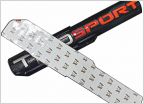 17" TRD Pro wheels for 2021 TRD Sport?
17" TRD Pro wheels for 2021 TRD Sport?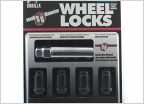 Wheel lock recommendation?
Wheel lock recommendation?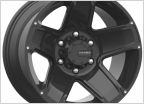 Black Wheels for 2nd Gen Superwhite
Black Wheels for 2nd Gen Superwhite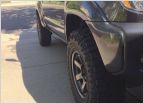 Level 8 MK6 with DuraTracs - Intro post
Level 8 MK6 with DuraTracs - Intro post Not your average tire recommendation question
Not your average tire recommendation question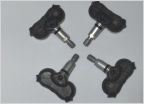 TPMS verification 3rd gen.
TPMS verification 3rd gen.















































































